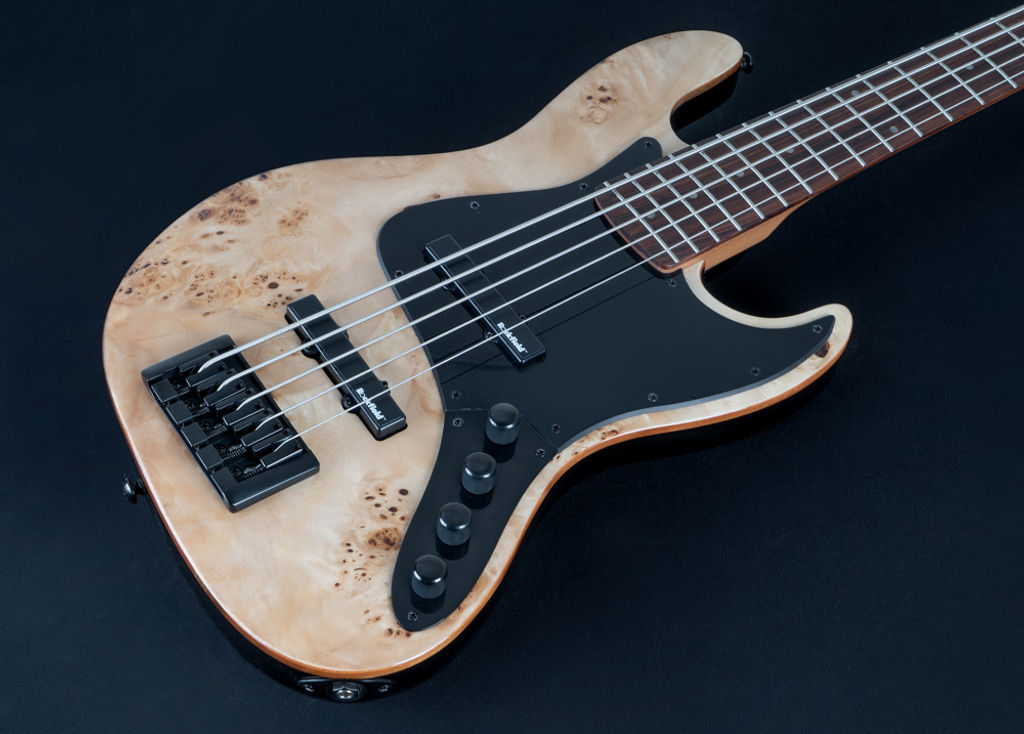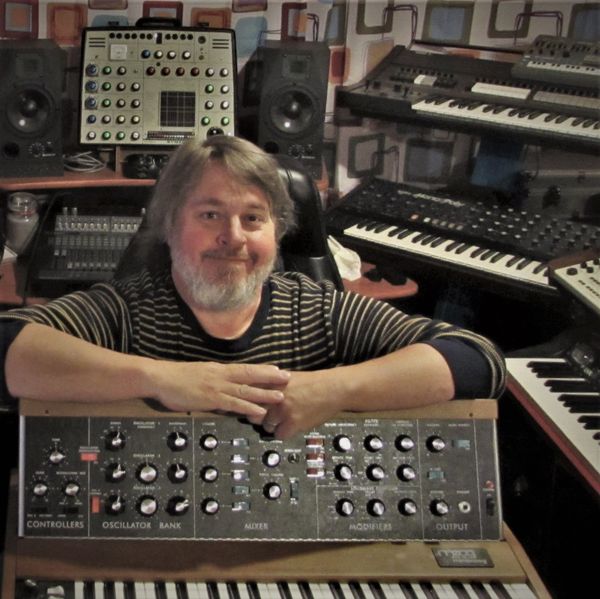Serious Tone Talk: Tone Stack EQ, Part 2
A Brief Encyclopedia of Bass EQs
Sound reinforcement for the bass player has taken many paths; fewer larger speakers versus many smaller speakers; single amps with internal crossovers versus bi-amped and tri-amped rigs; Using a direct box or mic’ing a cabinet versus individual preamps – one for onstage monitoring and one for feeding the house PA. No matter the method, tone shaping and EQ control remains of paramount importance. In any discussion of EQ, it’s always helpful to be familiar with many of the different schemes that have been developed to provide timbre and tone-shaping to the performer or audio professional, and there are plenty of bass EQ types to go around. Many types have a preferred use, many are extremely specialized – [for example, there are very specific fixed EQs used in turntable preamps and for encoding surround sound materials]. Here are a few examples of the more common EQ types used on bass amplifiers and their applications.
Tone Controls
Let’s start with something that nearly all players are familiar with: the single-knob passive tone control on nearly every guitar [We’ve chosen the guitar in this example because many basses are equipped with an active EQ]. This simple circuit is connected directly to the tone knob. Turning the knob down removes more of the high-frequency components of the sound, leaving the bass frequencies unaltered, and sounding relatively stronger at the output. Originally designed for home hi-fi systems, many 2-knob tone control EQs are actually a specialized type of tone stack known as a Baxandall circuit. Although no midrange knob is present, setting the bass and treble knobs to their minimum values will provide a significant midrange boost. Setting the Bass and Treble to their maximum values creates a substantial midrange scoop. An active version of the Baxandall circuit was created to make up for the roughly -20dB of signal loss that occurred when set for a flat response.
The Graphic Equalizer
Graphic EQs became readily available to the bass player during the 1980s and 1990s with the introduction of the “boutique” bass amplifier lines that had started to replace some of the monolithic bass rigs of the past. The graphic equalizer divides the audio spectrum up into many equal bands. There are two main types of graphic equalizers – Constant Q and Proportional Q. In both cases, “Q” refers to the frequency width of the band itself. In the original Proportional Q (gyrator) designs, lowering the gain of an individual slider would tend to broaden the width of the particular band. The individual bands would then have more overlap, resulting in a bass sound possessing a smoother overall response curve, and with more overall gain available using lower boost settings. The Constant Q design, however, keeps the frequency width, or Q, of each band uniform, regardless of the individual band’s setting. This design provides the bass player with pinpoint precision over what frequency bands are being emphasized or attenuated in creating a custom sound.
The Parametric Equalizer
The Parametric EQ that appeared on bass amps was akin to a “live use” version of the type of EQ that first saw the light of day on a recording studio console or high-end mixing board. Unlike a graphic EQ offering many equal bands, the parametric EQ offers the ability to divide the audio spectrum into a few custom configured bands. Controls allow the user to set the Center Frequency of the band, the Width of the band (how broad a group of frequencies the band encompasses), and the amount of boost or cut applied to that band. Parametric EQs proved invaluable to the bass player creating a custom bi-amped stage rig, matching the pickup tone to the preamp, to the crossover points and to the speaker selection, as well as providing finely-tuned creative control for sonic exploration.
Passive and Active Principles
By and large, EQ and Tone-Shaping systems come in two basic flavors — Passive and Active. Passive EQs are built upon individual components – mostly inductors, capacitors and resistors – that alter the tone directly by attenuating certain frequencies in relation to others. Active EQs are created using transistors, op-amps and other integrated circuits that need to draw power from an additional source (batteries, AC Adaptor, etc.) to create the gain provided by an active EQ. Even in most passive EQs, there are buffer amplifiers, transformers and/or tube circuits requiring power to sustain the make-up circuits that compensate for any lost gain. The Active EQ can produce copious amounts of gain for specific frequencies using discreet electronic circuitry. However, the essence of the Hartke Tone Stack is the interaction of the passive components that allow the entire EQ to behave as a single circuit, with unsurpassed interactivity between the stages.
Read Part 1 here




